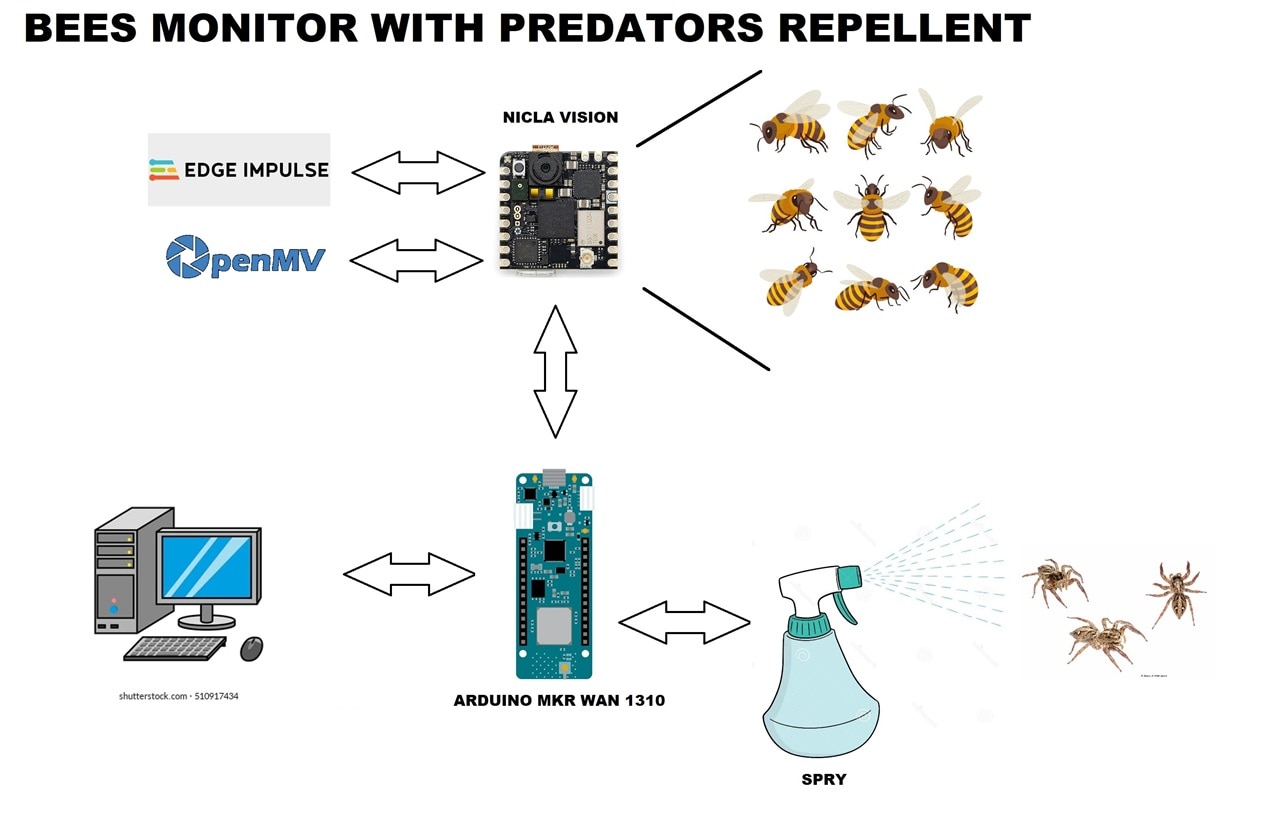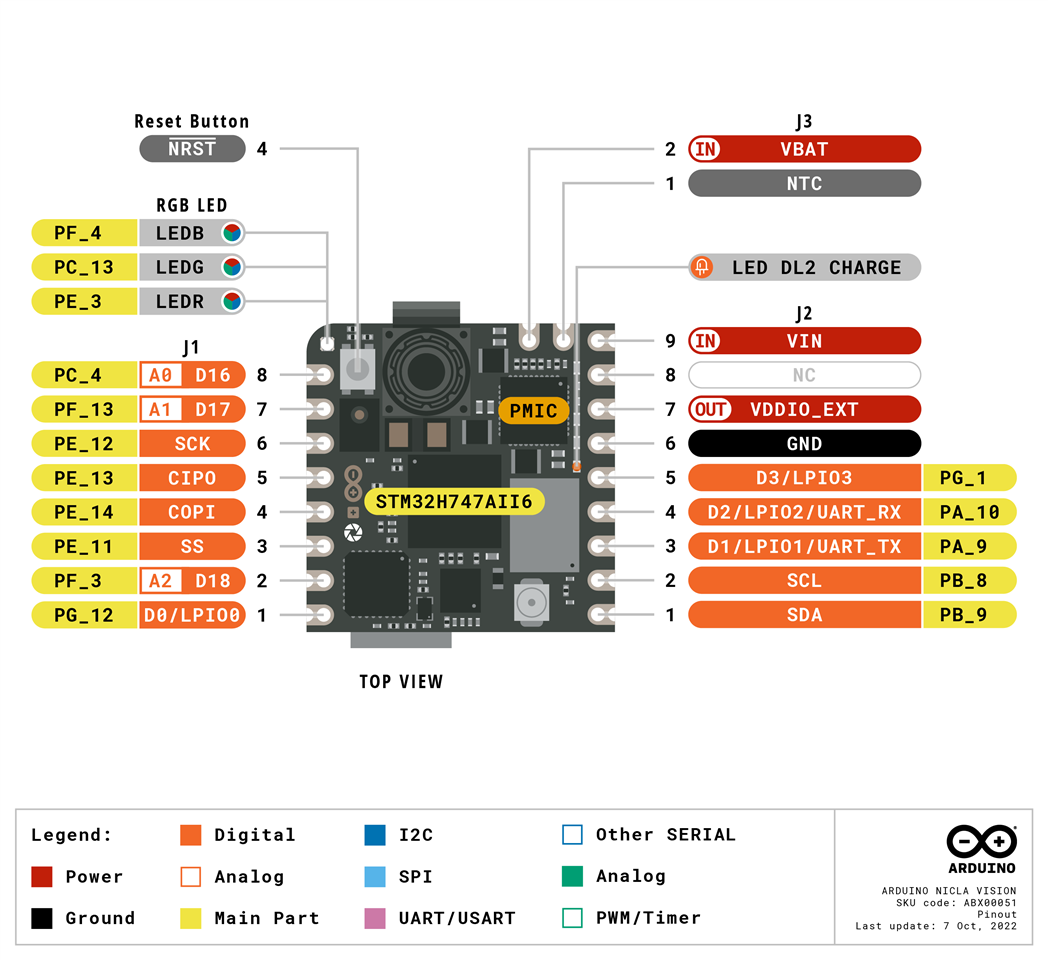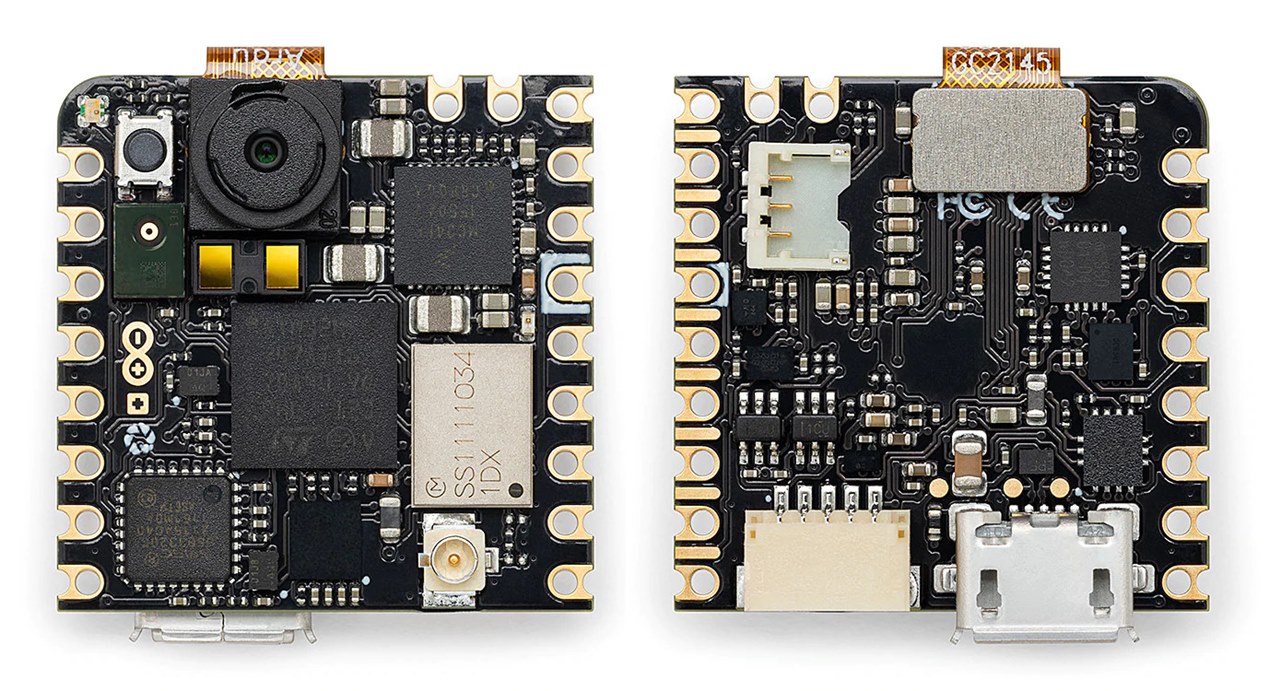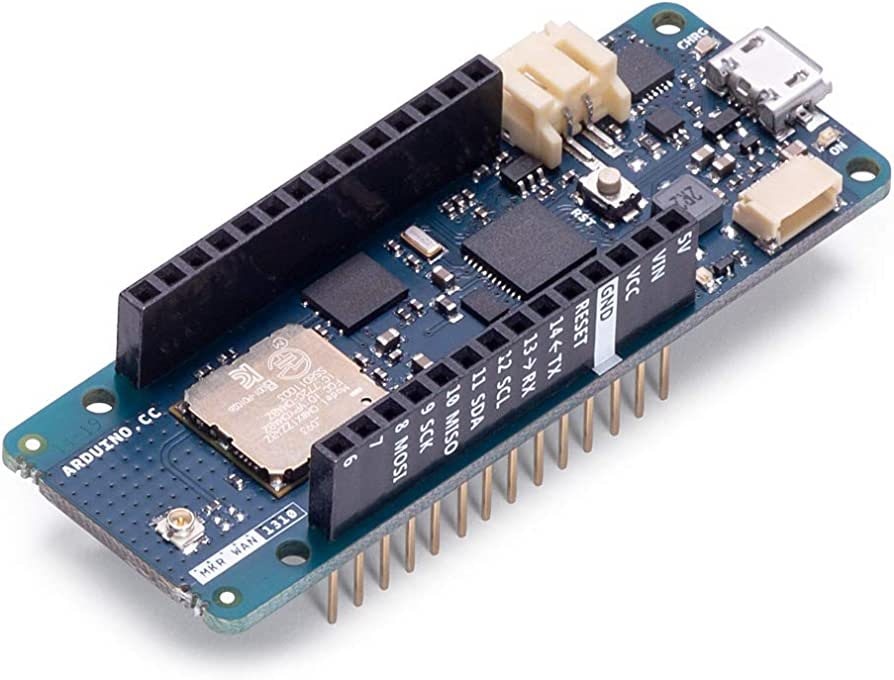Mosquitoes, ticks, flies and other insects can be far more than a nuisance. The diseases they carry-malaria, dengue, yellow fever, West Nile virus, Lyme disease and many others-can cause serious illness and in some cases death. In the Americas, one out of every two people lives in an area at risk of one or more of these vector-borne diseases.
About half the population of the Western Hemisphere-some 500 million people-live in areas at risk of one or more vector-borne diseases. They include long-established diseases such as malaria, dengue, yellow fever, Chagas disease, onchocerciasis (also known as "river blindness") and lymphatic filariasis (also known as "elephantiasis"). More recent arrivals include West Nile virus, which arrived in the United States in 1999, and chikungunya virus, first reported in the Caribbean last year.
Spider bites
Bites spiders – such as the false widow spider – are capable of giving a nasty bite. Spider bites leave small puncture marks on the skin, which can be painful and cause redness and swelling. Some spiders bites can cause you to feel or be sick, sweating and dizziness. Bites can also become infected or cause a severe allergic reaction in rare cases.
Schematic
Below I show you the schematic diagram of the first part of my project.
 Below I show you a video testing my project.
Below I show you a video testing my project.
 Guillermo Perez Guillen
Guillermo Perez Guillen











A second focus of this system is that it can be useful to protect bees and maintain the ecological balance of the planet. Currently 1 in 4 species of bees are in danger of extinction, and we all know that these insects produce honey and help pollinate flowers. This solution emits a non-toxic spray against detected spiders which are predators of bees.